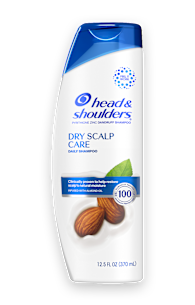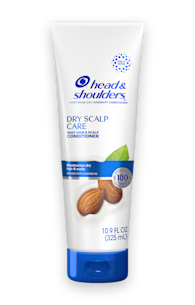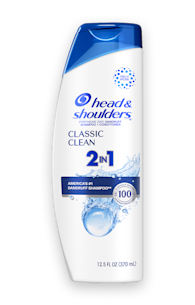THE SCIENCE OF DANDRUFF: TREATMENT, TRIGGERS, AND TRIALS

01. WHY TREATING DANDRUFF MATTERS
“More than 50% of the global population experience dandruff, making it one of the most common skin conditions.“
Dandruff can leave people feeling isolated, however it’s one of the most common skin conditions affecting more than half of the global population¹.
Dandruff is not related to poor hygiene, nor is it contagious. It affects people of all genders and ethnicities, with the impacts going beyond the physical condition.
A recent psychological and psychosocial study with more than 2,600 people revealed the emotional and social effects the dandruff condition can have on both adults and teens.
More than half of people with dandruff said that the condition has impacted their life, with the emotional effects of the condition following people² into adult life.
Social anxiety levels were found to be significantly higher for those who experience dandruff compared to those who do not. The social anxiety scores for those with dandruff was in line with those who experience significant hair loss (alopecia areata).
Teens with dandruff are twice as likely to be bullied as those without dandruff.
Teens reported dandruff affecting friendships and thoughts on personal appearance. They reported dandruff prevents them from doing activities they would otherwise engage in.
“People were actively avoiding me and were unwilling to work with me if it meant being too close to me as they found it disgusting³.“
02. MORE THAN FLAKES
Dandruff symptoms result from hyperproliferation of scalp skin cells and the disruption of the scalp skin barrier.
While flakes are commonly associated with having dandruff, dandruff can present as any one or more of the following symptoms⁴:
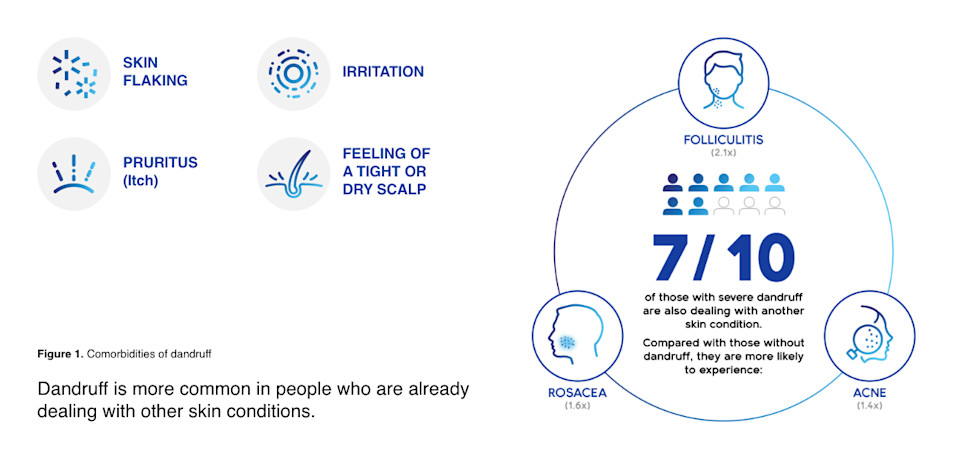
DANDRUFF TRIGGERS
Dandruff and Seborrheic Dermatitis, conditions on one spectrum with shared aetiology, happen when three factors come together⁴:
Sebum, also known as scalp oils
Malassezia globosa, a microbe that thrives in the scalp environment
A genetic predisposition to experiencing dandruff
Malassezia globosa breaks down sebum into fatty acids, which can irritate the scalp. This irritation turns into the symptoms of dandruff – dryness, itch, irritation, flakes - for those who are susceptible to the condition⁴.

There are many factors that can trigger dandruff or make the condition worse.

HORMONAL CHANGES WITH PUBERTY
Dandruff is more common in teenagers, with the average age of onset being 10-13 years old. Hormone changes brought on by puberty, increase the body’s sebum production⁵. In fact, those experiencing acne are more likely to experience dandruff as they are both linked to oils on your skin.

HORMONAL CHANGES IN LATER LIFE STAGES
The menopause and older age can also lead to dandruff as skin becomes more vulnerable to irritation.

ENVIRONMENTAL FACTORS
UV exposure and other sources increases the chances of experiencing dandruff⁶.
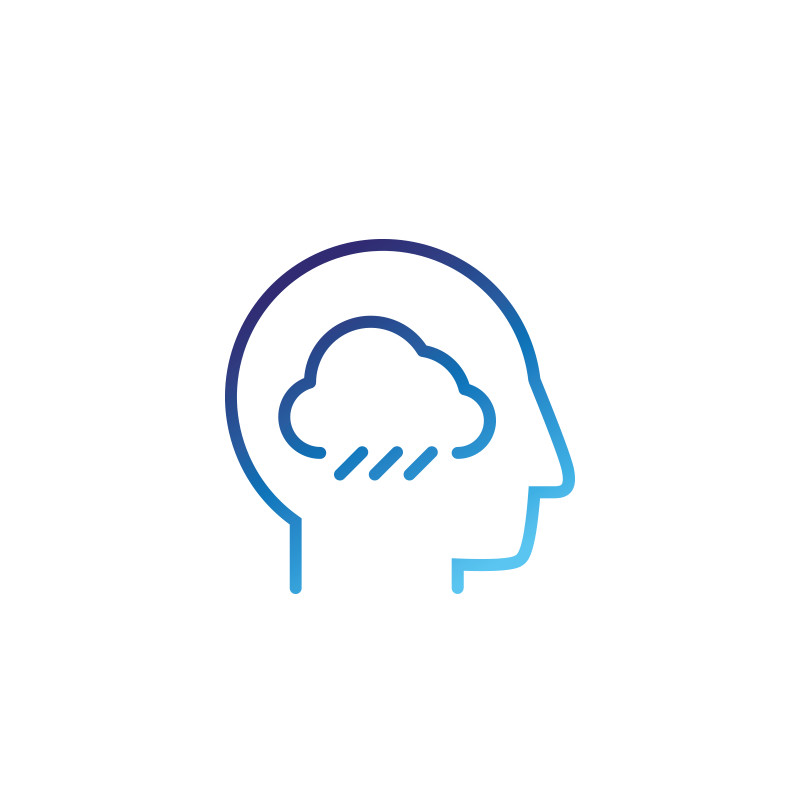
STRESS
Can increase your susceptibility to dandruff, which, in turn can cause more stress. Research has shown that people who have gone through a stressful life event have a higher propensity for experiencing the condition, leading to a cycle of stress-induced dandruff⁷.

03. STEP BY STEP:
HOW TO TREAT DANDRUFF WITH HEAD & SHOULDERS SHAMPOO
To get the most out of your Head & Shoulders anti-dandruff shampoo treatment,
follow this simple step-by-step guide:
Apply shampoo to damp hair, focusing on the scalp and hair roots.
Gently massage the shampoo across your entire scalp. There is no need to leave
the shampoo on for any longer than it takes to massage across your scalp. The treatment gets to your scalp as you rinse.Rinse using warm water.
Avoid hot water, which can irritate your scalp. Be careful not to over-rinse, which can wash away the treatment that should remain on your scalp.
"In a recent survey, only 1/2 of people in need of an anti-dandruff treatment say they have been instructed on how to use them."
For best results tackling dandruff:

Use an anti-dandruff shampoo with every wash. H&S shampoos offer the same cleansing and care benefits as conventional shampoos, plus scalp care.
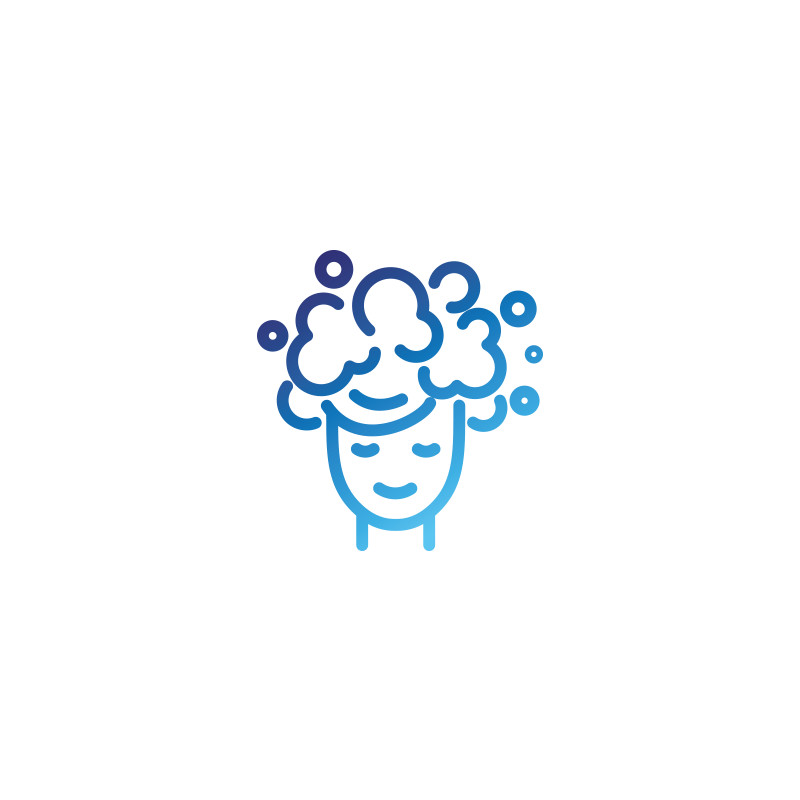
Wash your hair at least twice a week with an anti-dandruff shampoo. If you wash less often, use a leave-on anti-dandruff treatment for your scalp to help protect your scalp between washes.

Give it time. Clinical studies suggest one month of regular Head & Shoulders use is needed to reach the maximum dandruff protection. After the maximum is reached, continuing to wash with Head & Shoulders shampoo will help you to maintain your scalp health.
04. RESEARCH-BACKED TIPS TO MANAGING DANDRUFF
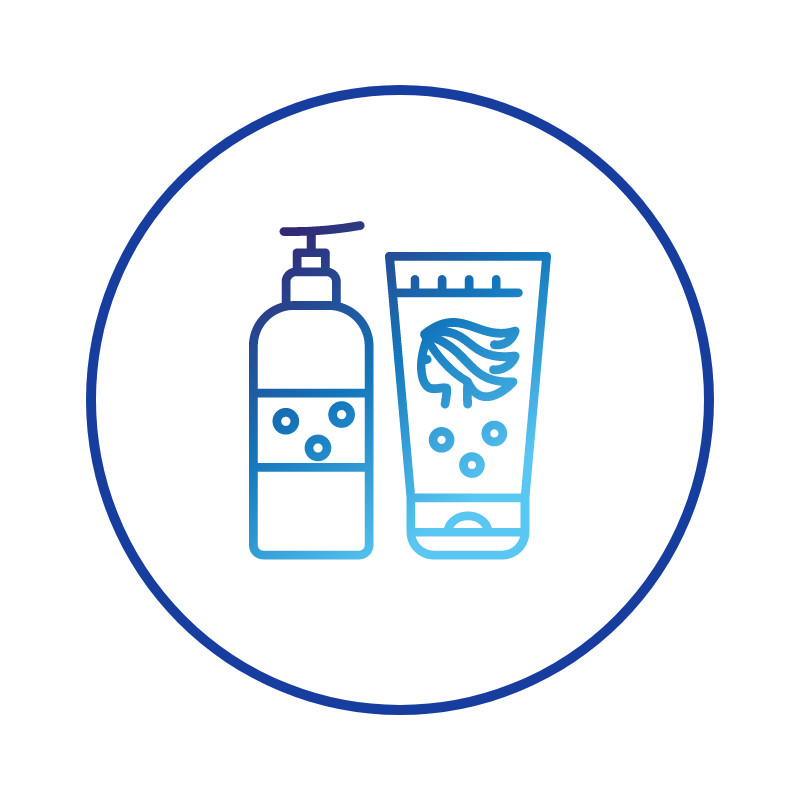
TOPIC 2
WILL ANY SHAMPOO WORK TO WASH AWAY DANDRUFF?
No. Clinical research has repeatedly shown the more effective route to treating dandruff is to deposit anti-dandruff ingredients on the scalp with an anti-dandruff shampoo. Cosmetic shampoos do not address the root cause of dandruff.
Anti-dandruff shampoos are not created equal either. For example, Head & Shoulders uses zinc pyrithione with a unique shape and size optimized for better anti-dandruff efficacy than generic zinc pyrithione. The optimized zinc pyrithione can go layers deep to get to the root of dandruff.
Ref: https://pubmed.ncbi.nlm.nih.gov/16382663/
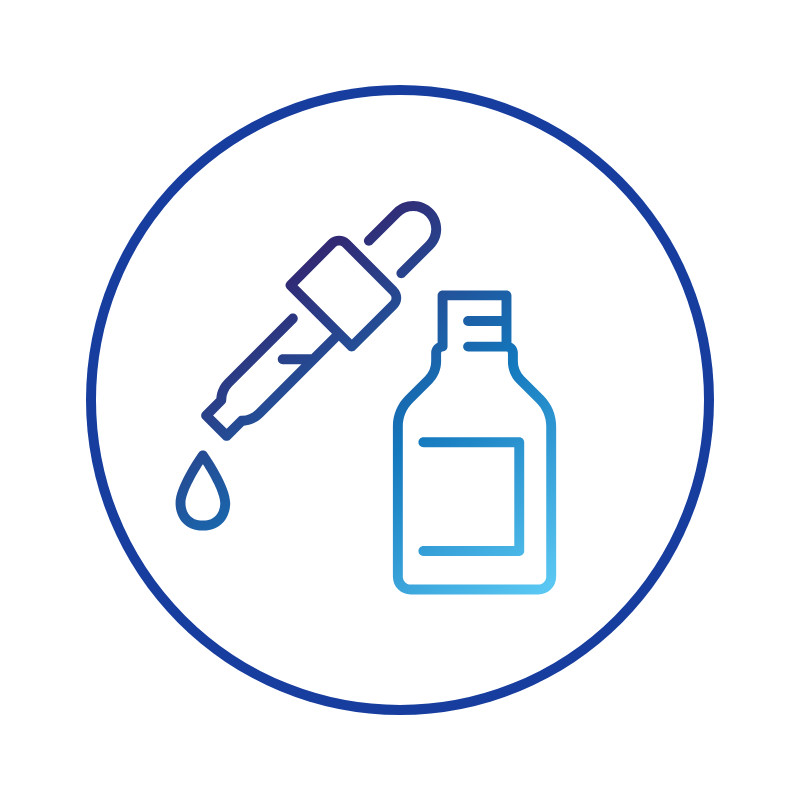
TOPIC 3
DO OILS RELIEVE AN ITCHY OR DRY SCALP?
No. Oils like olive oil or other oils from your kitchen can actually increase dandruff. The Malassezia globosa microbe feeds on oils to produce the irritating by-product, so adding oils to your scalp fuels the process.
While it may seem counter-intuitive to relieve a dry or itchy scalp by washing it, the treatment provided by anti-dandruff shampoos like Head & Shoulders works to remove the irritants so the scalp skin can return to its normal structure. The normal structure of scalp skin, specifically the stratum corneum, is the best relief for an itchy or dry scalp.
Ref: https://www.ncbi.nlm.nih.gov/pmc/articles/PMC4852869/
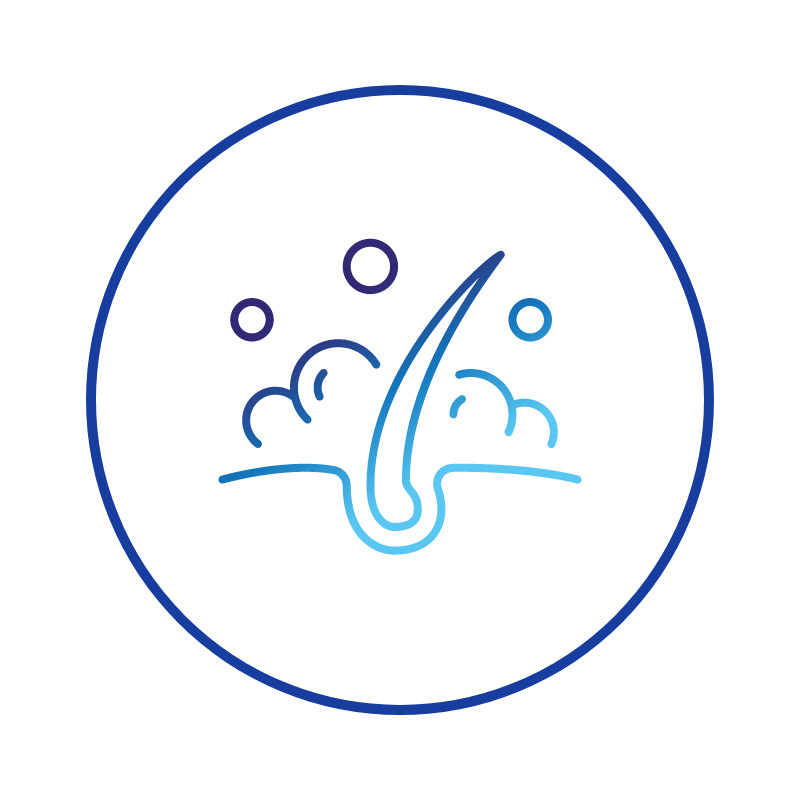
TOPIC 4
HOW OFTEN SHOULD YOU WASH YOUR SCALP?
Clinical research has shown scalp health improves with more frequent washing, especially with an anti-dandruff shampoo. Dandruff is a reversable condition, which can be treated with regular use of an anti-dandruff shampoo. Compliance is key to getting the best results.
We recommend washing at least twice per week with Head & Shoulders. For those who wash less often, use a leave-in anti-dandruff treatment, like Head & Shoulders Royal Oils Scalp Elixir Treatment, between washes to keep your scalp protected.
Ref: https://www.karger.com/Journal/Issue/280354
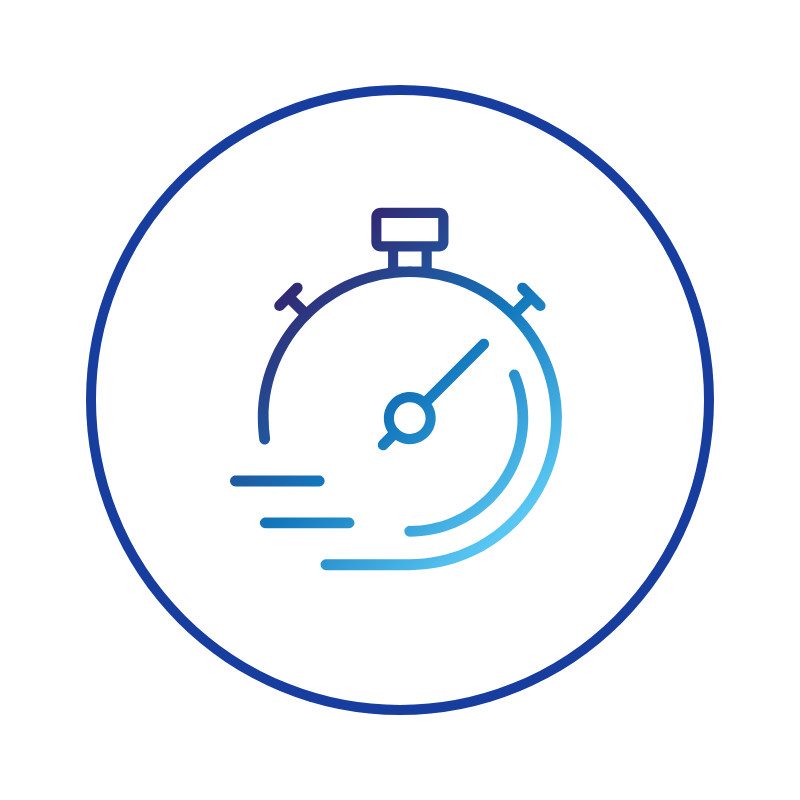
TOPIC 5
HOW LONG DOES HEAD & SHOULDERS SHAMPOO NEED TO STAY ON THE SCALP BEFORE RINSING FOR IT TO WORK?
You do not need to let Head & Shoulders shampoo sit on your scalp for any length of time before rinsing for it to work. The anti-dandruff treatment in Head & Shoulders is delivered to the scalp when you rinse. Take time to thoroughly and gently massage the shampoo across your scalp before rinsing.
It is important to follow the usage instructions for your dandruff shampoo as not all dandruff shampoos work in the same way. Head & Shoulders shampoos use a unique shape of size of the zinc pyrithione ingredient that easily and efficiently distributes across your scalp when you rinse to boost effectiveness.
Ref: https://pubmed.ncbi.nlm.nih.gov/16382663/
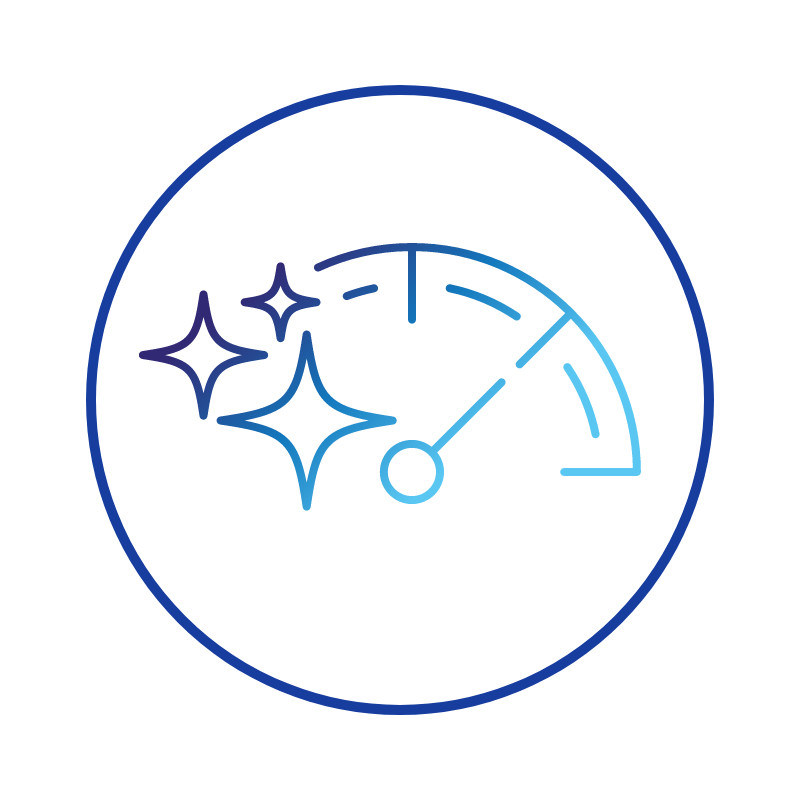
TOPIC 6
DOES THE EFFICACY OF HEAD & SHOULDERS WANE OVER TIME (MULTIPLE APPLICATIONS)?
No, clinical research has shown a consistent benefit over a 48-week test period with regular use of Head & Shoulders shampoos with zinc pyrithione. Therefore, no evidence for tachyphylaxis, or decreasing benefit when one product is used over time, was found.
Regular use of the anti-dandruff shampoo is essential to maintaining the scalp benefits. Efficacy can decrease when rotating between anti-dandruff and cosmetic shampoos.
Ref: https://www.researchgate.net/publication/23761055_Does_tachyphylaxis_occur_in_long-term_management_of_scalp_seborrheic_dermatitis_with_pyrithione_zinc-based_treatments
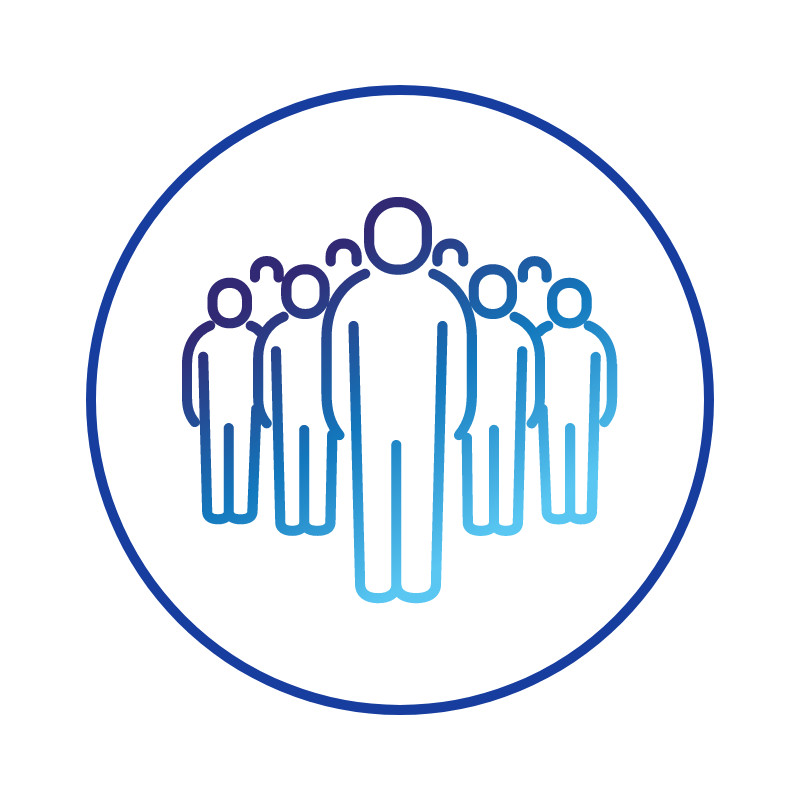
TOPIC 7
DOES H&S WORK FOR EVERYONE (GENDER AND ETHNICITIES)?
Yes. Clinical research has shown that Head & Shoulders with zinc pyrithione is as effective for men and women at reducing flaking and itch-related histamine levels.
Just as dandruff is a non-discriminatory condition, Head & Shoulders is an anti-dandruff solution for all.
Ref: https://pubmed.ncbi.nlm.nih.gov/22866664/

TOPIC 8
WHICH ACTIVE INGREDIENT SHOULD I CHOOSE?
Selenium Sulfide is best for those with persistent or more severe dandruff.
https://headandshoulders.com/en-us/about/ingredients
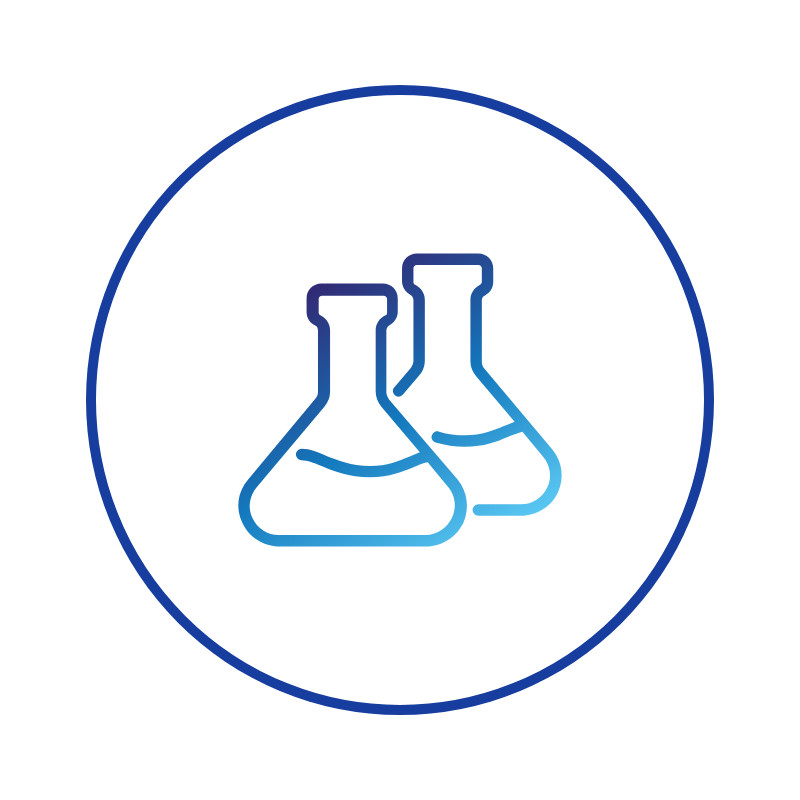
TOPIC 9
DO ALL ZINC PYRITHIONE FORMULAS WORK THE SAME?
No, not all zinc pyrithione formulas work the same. Anti-dandruff performance is a function of how effective the anti-dandruff ingredient is and how well the formula delivers the active ingredient across the scalp. The ingredient needs to be large enough that it is not washed down the drain without depositing on the scalp and small enough to spread across your scalp without getting caught in your hair.
Generic zinc pyrithione does not work as well as the zinc pyrithione used in Head & Shoulders, which has an optimized shape and size to deliver better anti-dandruff efficacy.
Ref: https://pubmed.ncbi.nlm.nih.gov/16382663/
05. DID YOU KNOW
Going to bed with wet hair can increase dandruff. A wet head can lead to Malassezia overgrowth.
Following an anti-dandruff shampoo with a regular conditioner decreases your dandruff protection by washing away up to 50% of the active ingredient. It is best to use an anti-dandruff conditioner after your anti-dandruff shampoo for maximum protection.
Wearing hats, helmets or other head-coverings can exacerbate dandruff. Dandruff-causing microbes can flourish in the hot and sweaty environment of a covered head.
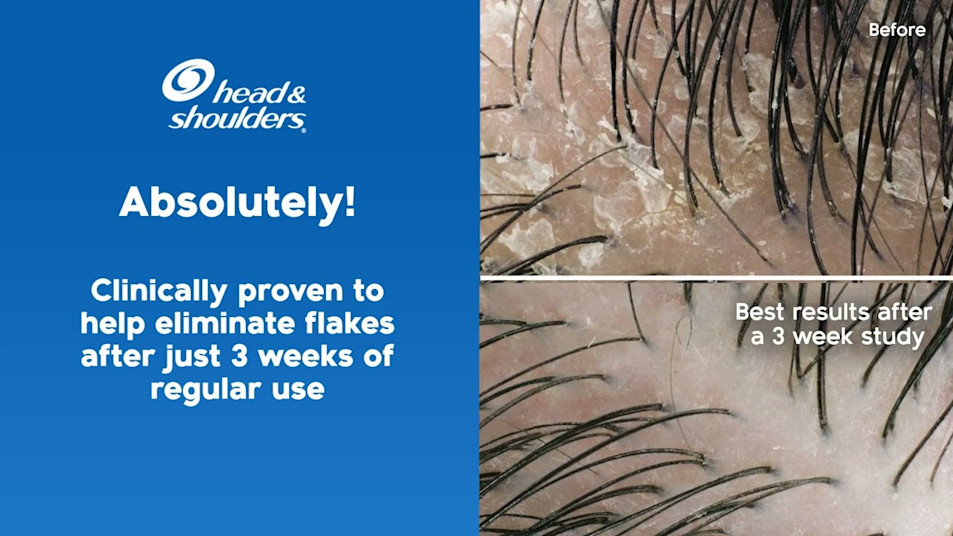
¹ DeAngelis, Y., et al., Three etiologic facets of dandruff and seborrheic dermatitis: Malassezia fungi, sebaceous lipids, and individual sensitivity. J. Invest. Dermatol. Symp. Proc., 2005. 10: p. 295-297. https://pubmed.ncbi.nlm.nih.gov/16382685/
² Schwartz JR, Cardin CW, Dawson TL. Seborrheic dermatitis and dandruff. In: Baran R, Maibach HI, editors. Textbook of Cosmetic dermatology. London: Martin Dunitz, Ltd; 2010. pp. 230–241.
³ Dandruff white paper. https://dandruffdecoded.com/index.html
⁴ Three Etiologic Facets of Dandruff and Seborrheic Dermatitis: Malassezia Fungi, Sebaceous Lipids, and Individual Sensitivity
⁵ Sugita T, Suzuki M, Goto S, Nishikawa A, Hiruma M, Yamazaki T, Makimura K. Quantitative analysis of the cutaneous Malassezia microbiota in 770 healthy Japanese by age and gender using a real-time PCR assay. Medical mycology. 2010 Mar 1;48(2):229-33.
⁶ Volume 43, Issue S1 Special Issue: Reducing hair loss by reducing scalp oxidative stress
7.Maarouf M, Maarouf CL, Yosipovitch G, Shi VY. The impact of stress on epidermal barrier function: an evidence-based review. British Journal of Dermatology. 2019 Dec;181(6):1129-3
⁷ https://pubmed.ncbi.nlm.nih.gov/30614527/


